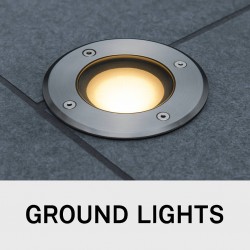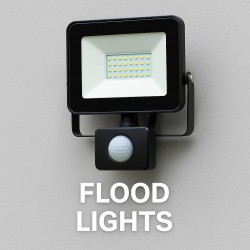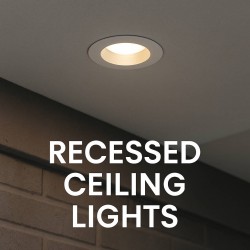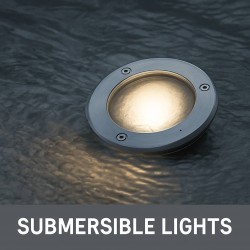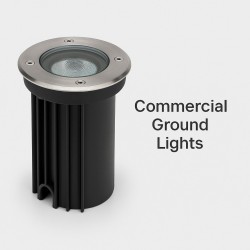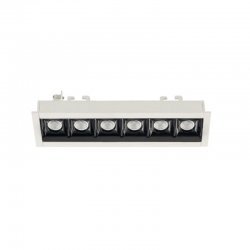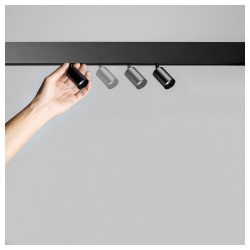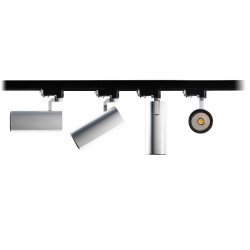Mastering the Art of Lighting: Exploring Direction, Quality, Lighting Ratio, and Control
Introduction:
In the realm of visual design and creative expression, lighting stands as a potent tool that wields the ability to shape perceptions, evoke emotions, and craft immersive experiences. Understanding and harnessing the four key aspects of lighting – direction, quality, lighting ratio, and control – is paramount for anyone seeking to create impactful and visually engaging content. In this article, we'll dive deeper into these aspects, exploring their technical nuances and providing real-life examples to illuminate their importance.
Direction: Sculpting Depth and Texture
Directional lighting serves as the cornerstone of visual storytelling. By manipulating the angle and placement of light sources, creators can imbue their subjects with depth, texture, and dimension. For instance, consider a portrait photographer using side lighting to highlight the contours of a subject's face, creating captivating shadows that add character and intrigue. In architectural photography, a skilled photographer might use backlighting to frame a building, allowing its silhouette to stand out against a vibrant sunset sky. The direction of light not only shapes form but also directs the viewer's gaze, leading them through the narrative being portrayed.
Quality: Softness vs. Hardness
The quality of light, whether soft or hard, profoundly influences the mood and atmosphere of a scene. Soft light, achieved through diffusion or bounce, wraps subjects in a gentle embrace, making it a popular choice for fashion photography and intimate indoor settings. Imagine a cozy living room illuminated by a softly diffused lamp, creating a warm and inviting ambiance. On the other hand, hard light produces sharp shadows and high contrast, suitable for accentuating textures and drama. In a film noir-inspired photoshoot, a photographer might use a small, focused light source to craft dramatic chiaroscuro lighting that heightens the suspenseful mood.
Lighting Ratio: Balancing Contrast
The lighting ratio, which determines the balance between highlights and shadows, is a key factor in shaping visual impact. In a low lighting ratio scenario, minimal contrast creates a balanced and even-toned look. An example could be a serene beach scene at dawn, where the soft morning light gently wraps around the landscape, producing a tranquil and harmonious effect. Conversely, a high lighting ratio intensifies contrasts, producing striking visuals. Imagine a portrait artist using a strong key light on a subject's face against a dimly lit background, resulting in a portrait that exudes power and sophistication.
Control: Crafting Precision and Mood
Mastery over lighting control empowers creators to tailor their vision with precision. Modern technology offers an array of tools such as dimmers, gels, and reflectors that enable artists to shape light exactly as they envision. A filmmaker might use color gels to imbue a scene with a specific emotional tone; for example, a blue gel could evoke a sense of melancholy in a nighttime cityscape. Architectural lighting designers leverage control to create dynamic lighting displays that transform buildings into living canvases, as seen in the illuminated facades of iconic structures during festivals or celebrations.
Conclusion:
The four aspects of lighting – direction, quality, lighting ratio, and control – serve as the bedrock of visual storytelling and design. Through careful consideration and skillful manipulation of these elements, creators breathe life into their work, evoking emotions and guiding narratives. Whether you're capturing the ethereal glow of a sunrise or crafting a moody film scene, understanding the technical intricacies of lighting enhances your ability to communicate and connect with your audience on a profound level. So, as you embark on your creative endeavors, remember to harness the power of lighting's nuances, and watch as your visuals come alive with depth, emotion, and meaning.




























